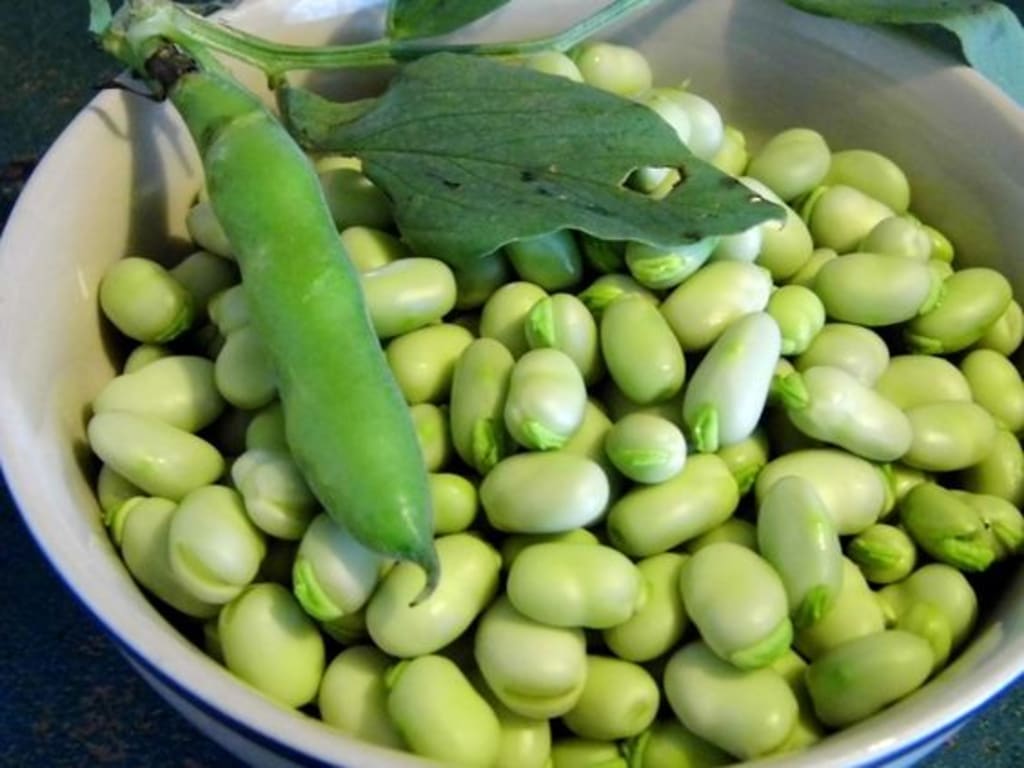Bakla Farming Informative Guide For Higher Profits
Bakla Farming Requirements For Higher Yield

Around 70 percent of the world's Bakla (common bean) crop is grown in China alone. Apart from this, Bakla farming is also popular in Syria, Egypt and America. Moreover, in India, Bakla is grown in Delhi, Punjab, Bihar, Haryana, Jharkhand and Chhattisgarh. Bakla is a good source of protein, and it contains 24%–32% protein. Therefore, including it as a regular diet is
The green beans of Bakla are eaten raw or as a vegetable, and lentils are made from dried seeds. According to FAO, in the year 2019, the production of the Bakla crop in India was 98,132 tonnes, and even today, Bakla farming is highly practiced in large numbers.
Bakla Farming Requirements For Higher Yield
We are explaining the necessary steps for Bakla farming, including the essential requirements. Also, you will learn about harvesting and yield in Bakla farming.
Suitable Soil And Climate
Good drainage soil is required for Bakla farming. Moreover, loam soil with a pH value between 6.5 to 7.5 is ideal. Bakla is an autumn crop, which needs a tropical climate in autumn, and a temperate climate in summer. A temperature of 20°C is suitable for the growth of Bakla plants, and compared to other pulse crops, this crop is more frost tolerant. However, farmers use compact tractors for farming because the mini tractor price is reasonable.
Sowing Season And Method
The Bakla plant is an autumn plant that should be sown between October and November. About 70 to 100 KG of seeds is required for Bakla farming in a one-hectare field. These seeds are sown in flat and shallow beds prepared in the field. To plant seeds in this farming in shallow beds, seeds are planted at a distance of 45 X 15 CM or 75 X 25 CM.
Providing Support In Bakla Plants
Bakla is a tall and straight-growing crop, due to which it is prone to breakage, so it is crucial to support the Bakla plant. However, you can use bamboo wood to support the plants.
Fertilizer Requirement
While preparing the land for a good yield of Bakla, 10 to 15 tonnes of well-rotted cow dung manure should be used per hectare. Use of fertilizers: Before sowing the plants in the field, use the quantity of 40 KG Phosphorus, 60 KG Nitrogen and 50 KG Potash.
Weed Control For Bakla Farming
It is very important for the plants to get the right amount of nutrients for the good growth and development of the Bakla crop, but if the weed comes out in the field, it does not allow the plants to take enough nutrients. That's why weed control is very important in Bakla crops. Remember to carry out weed control in the rainy season.
Irrigation Management In Bakla Plants
Proper watering is required for the good growth and development of Bakla plants. Since Bakla farming is done in the winter season, even after sowing, irrigation is necessary for moisture in the land. Generally, the plants of Bakla should be watered at an interval of 10 to 15 days. Also, farmers prefer a Force Orchard tractor for effortless farming.
Harvesting And Yield
When the leaves on the Bakla plants start falling after 80-85 percent drying, and the pods turn black, harvest the crop during that time. Generally, the crop of Bakla is ready for harvesting after 3-4 months of sowing. Immediately after harvesting,dry the crop properly in the sun for 2-3 days. After this, manually beat it lightly to remove the grains. Also, the grains of Bakla can be removed by threshing.
However, around 7-10 tonnes of green beans are produced from a one-hectare field of Bakla, and 40 to 50 tonnes of green fodder is produced in Bakla farming.
Conclusion
In this way, we have explained the complete details of Bakla farming in India. The Bakla crop is highly profitable for farmers. Therefore, the large-scale production of Bakla is recommended. Stay connected with us for every update about profitable farming.
About the Creator
The Sustainable Seedling
The Sustainable Seedling delves into the joyful world of planting, cultivating not just vibrant blossoms and bountiful harvests, but also a respect for our planet. Discover eco-friendly practices, tips for urban green spaces.






Comments
There are no comments for this story
Be the first to respond and start the conversation.